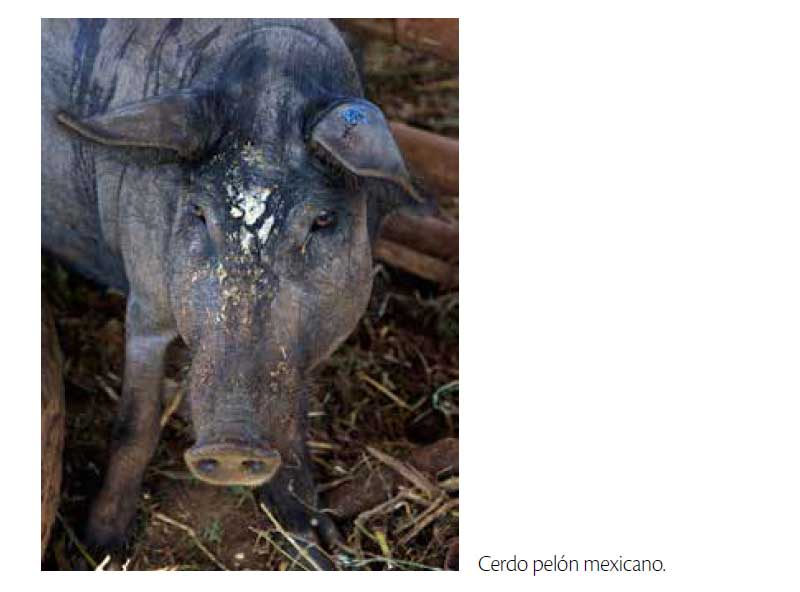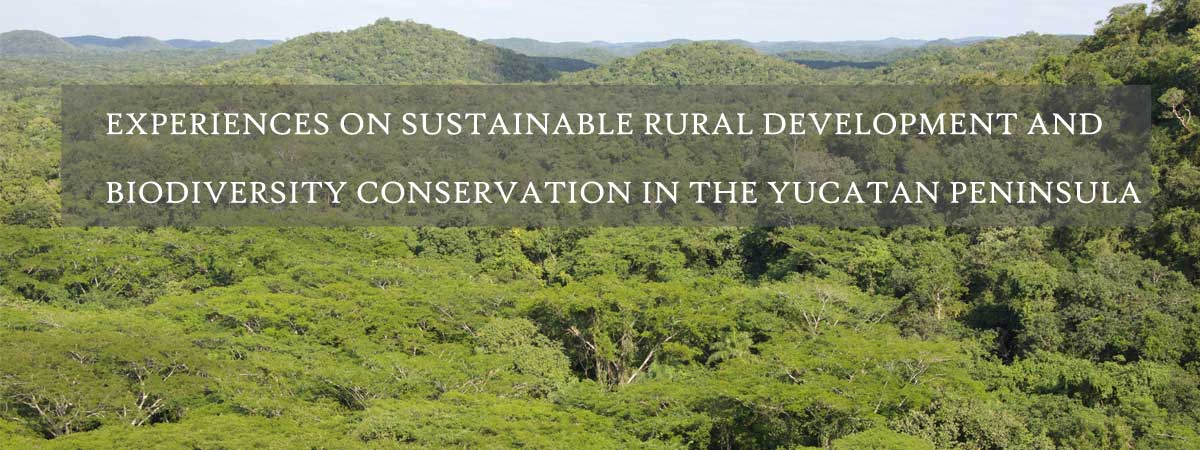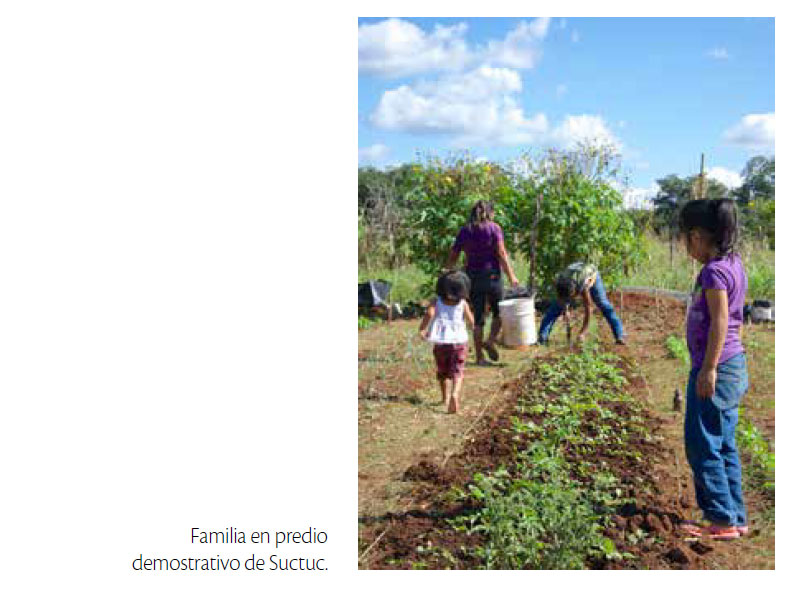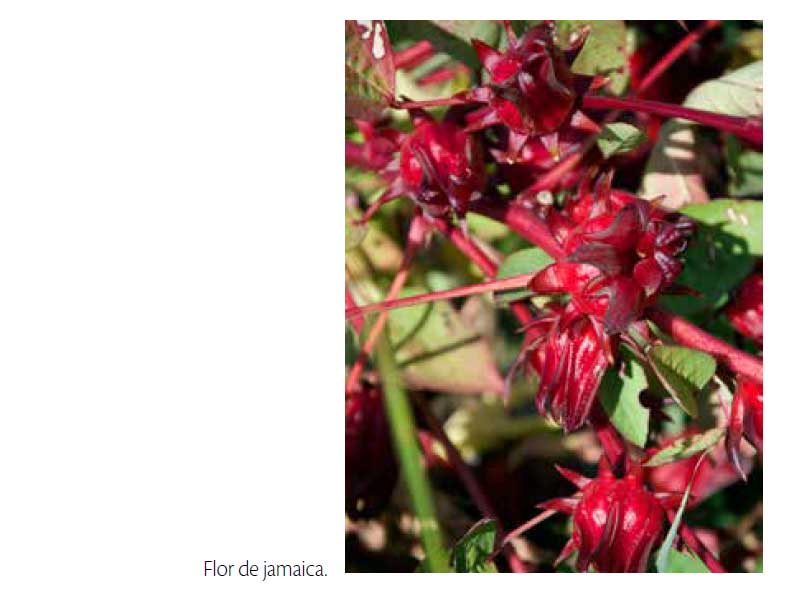Sustainable Mayan Milpa

The organization’s main objective is to transmit the traditional farmer's knowledge to new generations, retrieve knowledge, reappraise and re-apply. "But not everything new involves a threat," say the members, "so through workshops and participatory processes we review the most useful of both worlds, what we learn from our grandparents and the innovations available today in order to promote sustainable agriculture". In 2013, with support from TNC and under the Mexico REDD+ Alliance, Toojil Xíimbal initiated a project on sustainable Mayan Milpa, which applies agroecological practices to the millenary milpa tradition. Alongside this initiative, the most ambitious project of the organization is the creation of a rural school based on Hopelchén. For seven years, Toojil Xíimbal organizes a seeds festival along with nine communities: Xcalot Akal, Xkix, Sahcabchén San Juan Bautista, San Francisco Suctuc, Hopelchén, Dzibalchén, Iturbide, Crucero San Luis and Ich Ek. They prefer to talk about a festivity, not a fair, because it involves a non-commercial concept and a celebration of life through the seeds. Toojil Xíimbal members believe that it is very difficult to change the idea that the most important thing is money, downplaying the diversity and health of the family. In the milpa it is not possible to achieve the same economic profit than in a mechanized hectare, but it provides other important benefits in return, such as the elimination of chemicals that can negatively impact the health of farmers and the environment. When speaking of sustainable milpa, the organization promotes the protection of the polyculture system, as well as soil conservation practices to maintain or improve fertility. In this way, migratory farming could be eliminated, which consists of abandoning the plots every three to five years with the ensuing need to deforest new areas for cultivation, and people would then practice more sedentary farming.
In addition to organizational issues in the communities, other areas of work addressed by the cooperative focus on vermicomposting and simple compost techniques, breeding of Mexican hairless pig, management and control of pests, bocashi preparation, keeping melipona bees, growing vegetables and Mayan milpa. It began as just training, but today it works in defined spaces in Hopelchén and Suctuc. In 2014, under the Mexico AMREDD+ Alliance, the project to develop a model of sustainable Mayan milpa begins, combining the traditional technique with some improved techniques; such as achieving a sedentary milpa instead of a migrating one, elimination of burning and incorporation of organic fertilizers.
 Doña Leticia Carmen Dzib, promoter in the communities, began to farm in the Suctuc terrain. There she grows peas, hibiscus, pepper, tomato, radish, coriander, Lima beans, among other things. "My husband, says Dona Leticia- plants on 30 hectares of mechanized milpa; but this year he experimented with 7 hectares without agrochemicals and had a good squash harvest. Moreover, he is already beginning to join in the cooperative farm, and even my son asks me to go to the farm to plant". For Jose Trinidad (Mahatma), Toojil Xíimbal's forestry technician, the major satisfaction of rescuing the milpa as a cultivation technique is the creation of a family work environment, where everyone is going to work because they want to, not because of money. "We may have an idea, says Mahatma, but the most important thing is to reach the communities and listen to what people want and feel, it is there where the best ideas arise". Genuine adoption of sustainable milpa practices could have a positive impact in the medium term to reduce deforestation locally. This is because the maintenance of soil fertility, along with increased productivity and reduced costs, make it unnecessary to abandon the plots and to incorporate new arable areas. Moving from a migrating agriculture to a sedentary scheme means that the presence of forest areas adjacent to the milpa would have one less threat to their survival; and a further step towards the sustainable management of these forests. This could be the way to guarantee the preservation of this millenary agricultural practices altogether. |





















